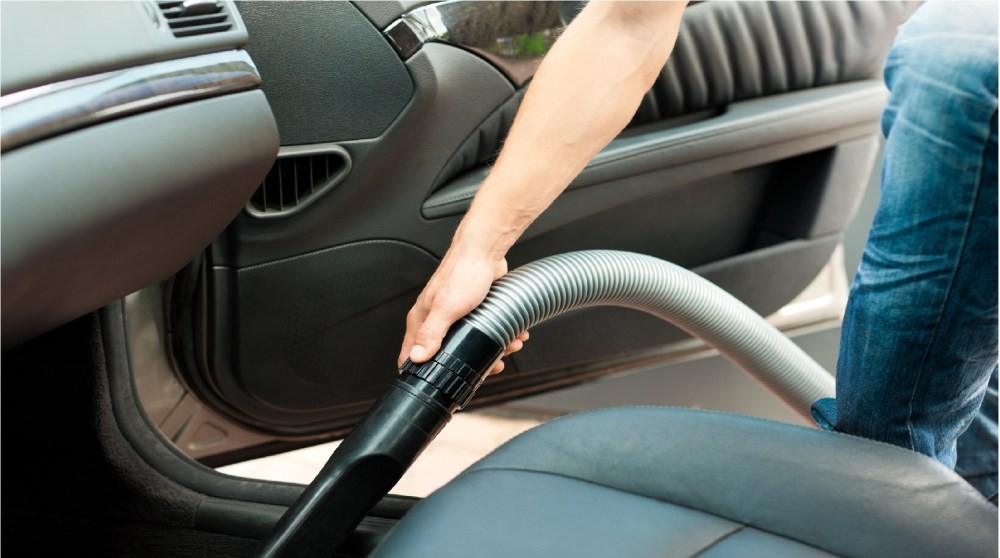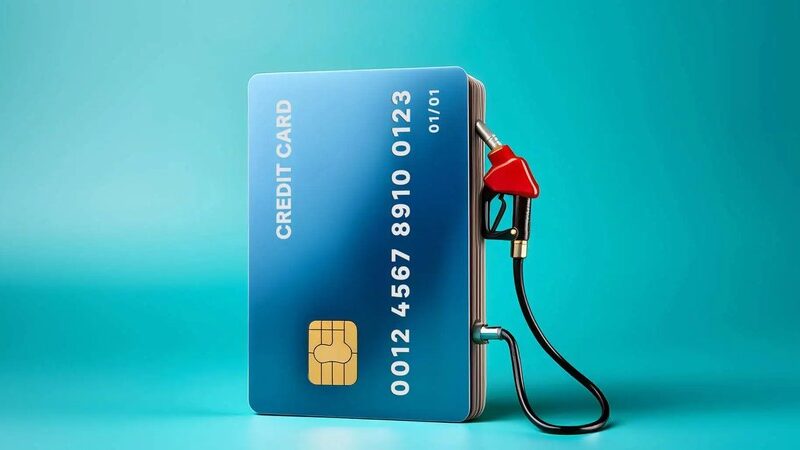Facts you need to know to protect your car against flood damage.

On a stormy day, your parked vehicle gets flooded in knee-deep waters. Once the storm subsides, I’m sure you’d wish to check your car, how do you know what damage to look for?
Several ways to inspect your car damage after a storm:
Once the stormy episodes have ended, you would want to go check on your car so that you can be sure whether it’s OK. So here are a couple of things you can do.
- Before you step out, make sure it’s safe. Never enter floodwater–as it can be hazardous. Always better to wait until the storm passes and the water has completely receded before checking your car for damage. Conditions must be clear!
- The next most important thing to remember is that you must not try to start the car if you feel there is engine/electrical damage. After a heavy storm with flooding, it is highly possible that the water might have reached inside the bonnet and turning on the engine might cause further damage. It’d be ideal to first call a mechanic to inspect your vehicle rather than drive to them.
- Carefully check for water damage. Look for the water level that has risen in your car. There will be signs of debris or mud around the car. Then open your bonnet and check if the water got inside the engine. Lastly, you can look underneath the vehicle for any damage.
- If the water reaches the bottom of the dashboard, it can damage the electrical systems in the car, leading to electrical malfunction or complete failure. Regardless, if the water level has risen to any point inside your car, it’s best to have your car towed to the service station to resolve any issues ASAP.
- You or the mechanic will also replace any contaminated oils and fluids. Before using the vehicle, it is crucial to change the fluids as it’ll reduce any chances of further damage. It is always best to get your car checked by a mechanic, even if you think it’s OK, as they are a better judge in such a situation.
- Cleaning your car is important once the storm has passed out so get a towel, cleaning fluids and even your vacuum. Try to blow dry your car so that it prevents the possibility of odour and mould then vacuum it thoroughly. Steam clean the inside if you can. You can also take it to a professional carpet cleaner for extensive carpet and upholstery cleaning.
Following the steps mentioned above will help you with the inspection of your car after a flood. You may not be able to stop water rising but one way to stay financially protected from flood/storm damage is to check if your insurance covers it. If you have comprehensive car insurance it insures your vehicle against accidental loss or damage caused by a storm. That includes hail storms and flood damage. Keeping that in mind, it might be a good time to consider upgrading your cover.







